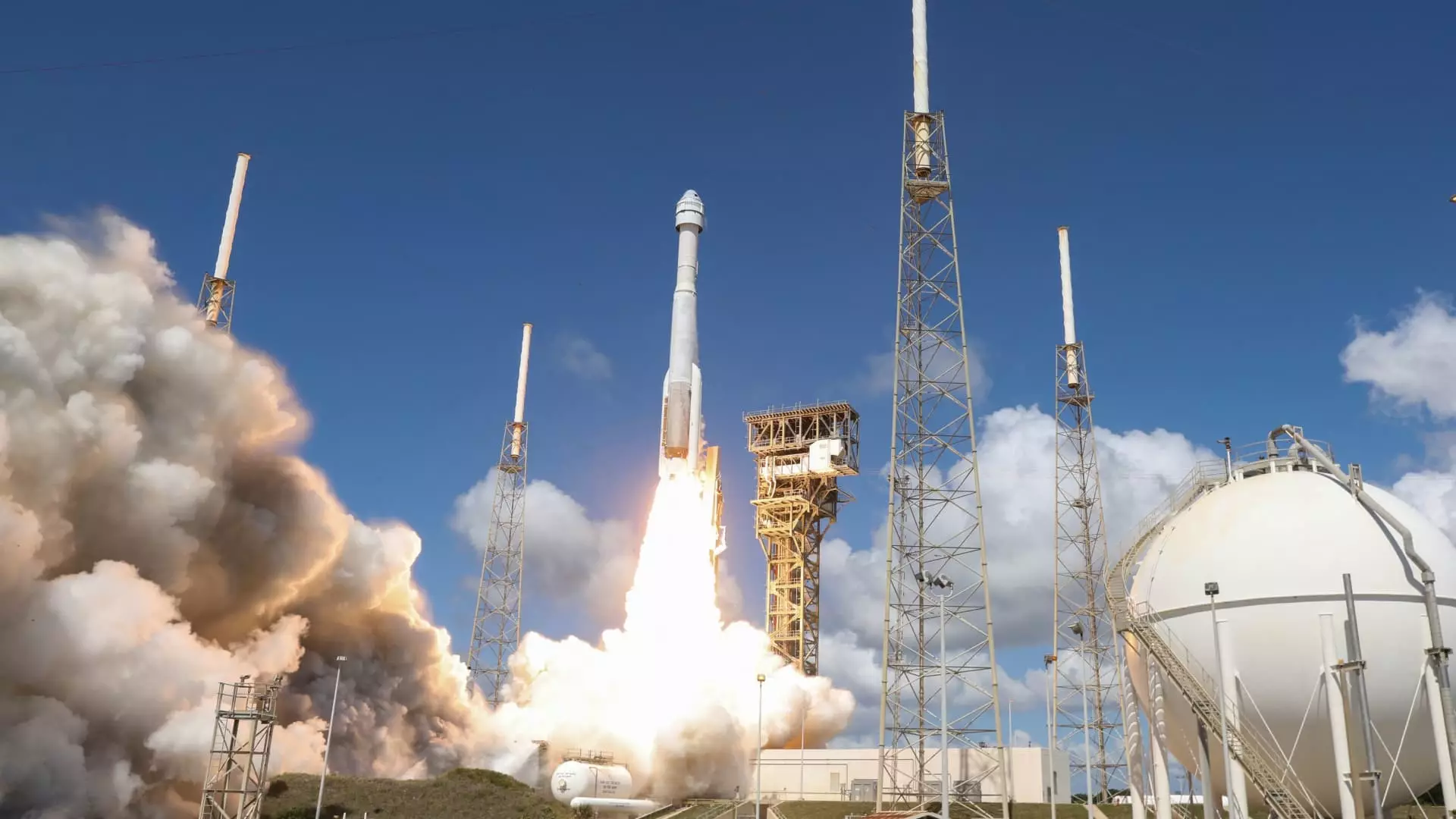Boeing’s Starliner was supposed to be a game-changer in the world of commercial space travel, designed to transport astronauts to and from the International Space Station. The company entered into a $4.2 billion contract with NASA back in 2014, as part of the agency’s Commercial Crew Program. This program was NASA’s way of shifting some of its responsibilities to the private sector, a move that was met with skepticism in Congress.
Unfortunately, Boeing has not been able to live up to its end of the bargain. In the decade since the contract was signed, Boeing has struggled to deliver on the promised six missions it was contracted for. As a result, the company has had to cover $1.5 billion in delay overruns out of the nearly $5 billion it has received from NASA. This has led to significant delays in the completion of the program.
Recently, Boeing launched its last test mission, a crucial crewed mission that needs to be successfully completed before NASA can certify the Starliner for operational missions. This milestone is a make-or-break moment for Boeing, as the future of the Starliner program hangs in the balance. In contrast, SpaceX, Boeing’s competitor in the Commercial Crew Program, has successfully completed over a dozen crewed missions since 2020.
The future of Boeing’s Starliner program is uncertain, to say the least. The delays, cost overruns, and lack of successful missions have raised doubts about the viability of the program. NASA’s reliance on private companies like Boeing and SpaceX for crewed missions is a pivotal shift in the space industry, and Boeing’s struggles serve as a cautionary tale. As the space race heats up and commercial space travel becomes more prevalent, companies like Boeing will need to adapt and innovate in order to stay relevant.

